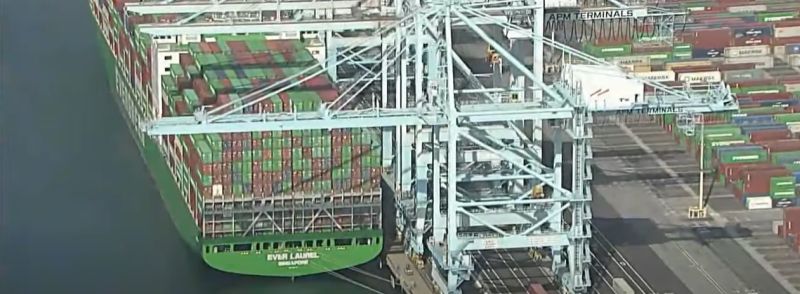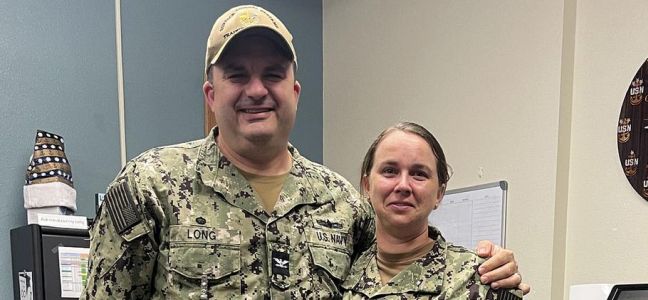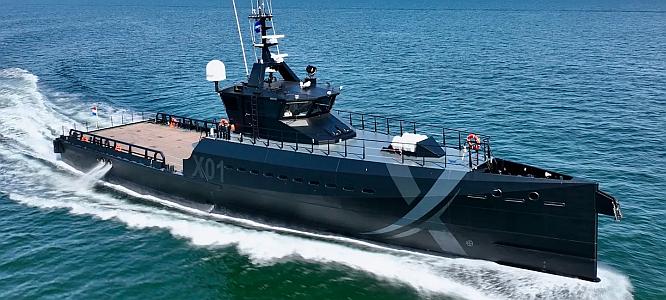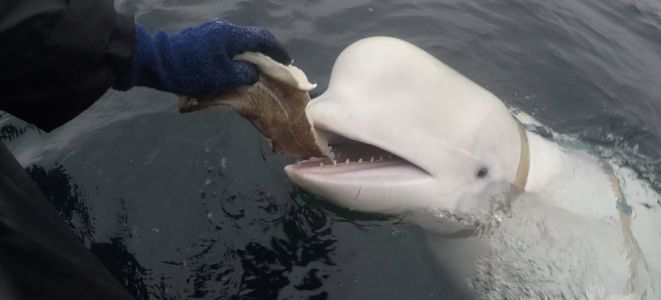 Harrison Smith, writing in the Washington Post, describes Roger Payne as “a biologist who put his ear to the ocean and pioneered the study of whale songs.” His recordings of their hypnotic, intricately patterned vocalizations — haunting wails, birdlike chirps, playful squeals, and mournful moos — suggested that the animals had a far richer inner life than previously imagined and helped to galvanize the anti-whaling movement.
Harrison Smith, writing in the Washington Post, describes Roger Payne as “a biologist who put his ear to the ocean and pioneered the study of whale songs.” His recordings of their hypnotic, intricately patterned vocalizations — haunting wails, birdlike chirps, playful squeals, and mournful moos — suggested that the animals had a far richer inner life than previously imagined and helped to galvanize the anti-whaling movement.
Roger Payne died of cancer on June 10 at his home in South Woodstock, Vt. He was 88.


 The death toll from an overloaded boat that capsized in a remote part of Nigeria’s north central region has risen to more than 100, police and officials said on Wednesday, in one of the worst such disasters in recent years.
The death toll from an overloaded boat that capsized in a remote part of Nigeria’s north central region has risen to more than 100, police and officials said on Wednesday, in one of the worst such disasters in recent years. The SS
The SS  The
The  Great News. The
Great News. The  Norwegian ferry and expedition cruise operator
Norwegian ferry and expedition cruise operator  I am aware of only one man who was praised by both Eisenhower and Hitler. A
I am aware of only one man who was praised by both Eisenhower and Hitler. A  Following over a year of negotiations, labor negotiations at US West Coast ports have stalled, resulting in a wave of strikes.
Following over a year of negotiations, labor negotiations at US West Coast ports have stalled, resulting in a wave of strikes.

 On Sunday, an overloaded chartered houseboat on Italy’s Lake Maggiore was caught in a sudden, violent storm and capsized, killing four of the 21 passengers and two crew. Sadly, this sort of boating accident, while tragic, is not entirely out of the ordinary.
On Sunday, an overloaded chartered houseboat on Italy’s Lake Maggiore was caught in a sudden, violent storm and capsized, killing four of the 21 passengers and two crew. Sadly, this sort of boating accident, while tragic, is not entirely out of the ordinary.
 For more than a decade,
For more than a decade,  A year ago,
A year ago,  Last year
Last year  Recent videos of a sea drone attack on a Russian warship released by Russia’s Defence Ministry and by Ukraine’s public broadcaster Suspilne tell two very different stories of the encounter.
Recent videos of a sea drone attack on a Russian warship released by Russia’s Defence Ministry and by Ukraine’s public broadcaster Suspilne tell two very different stories of the encounter. In 2019, we
In 2019, we